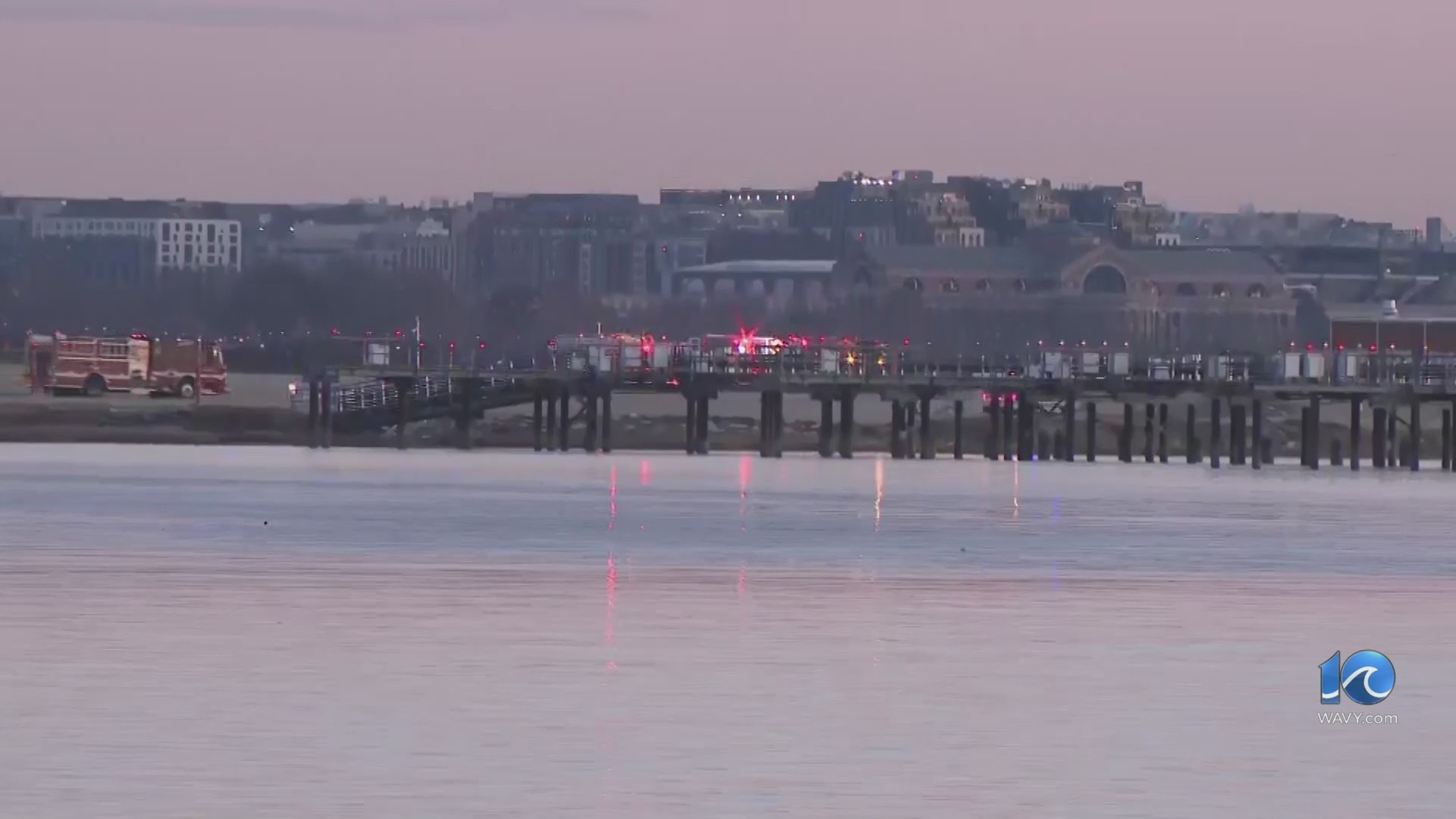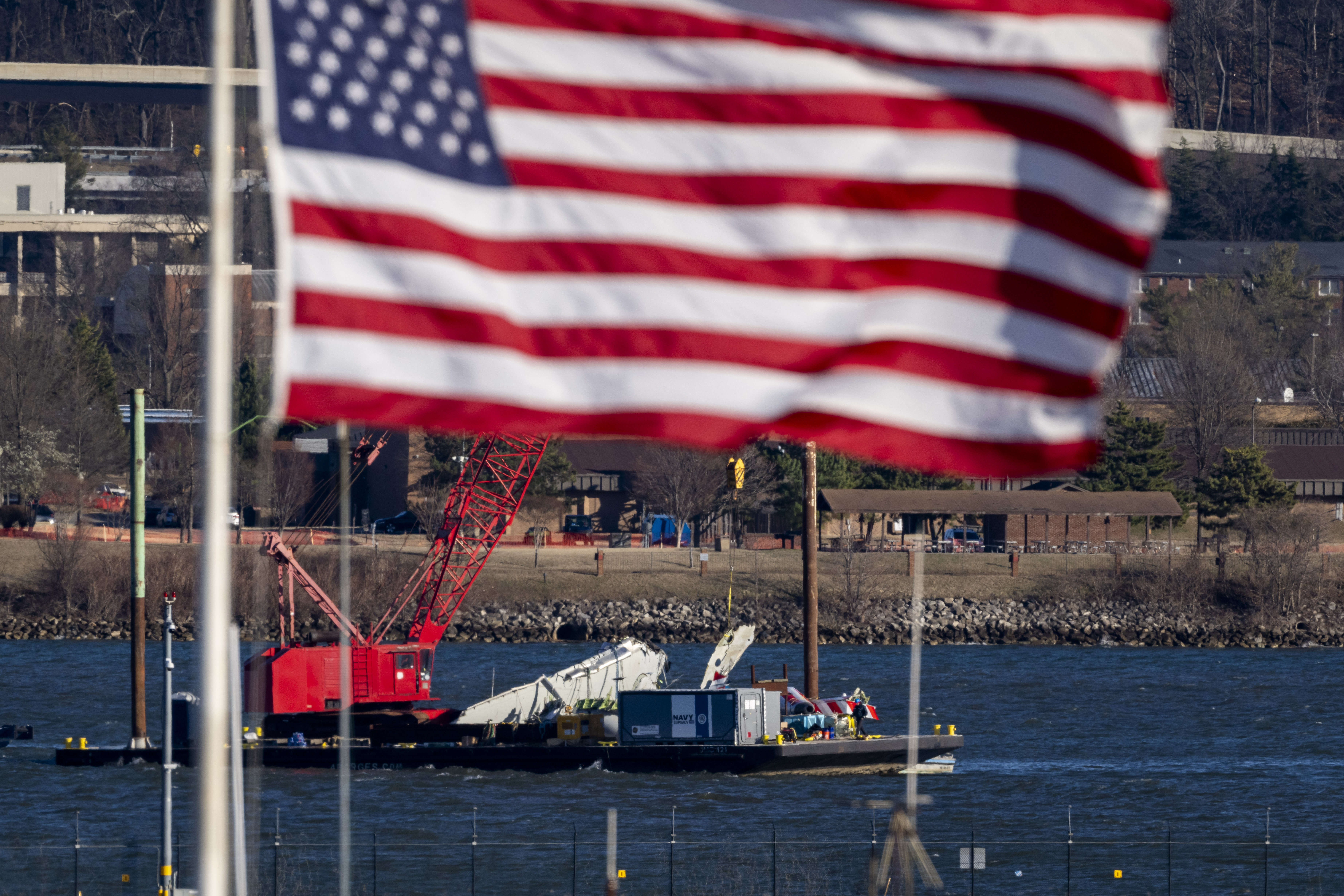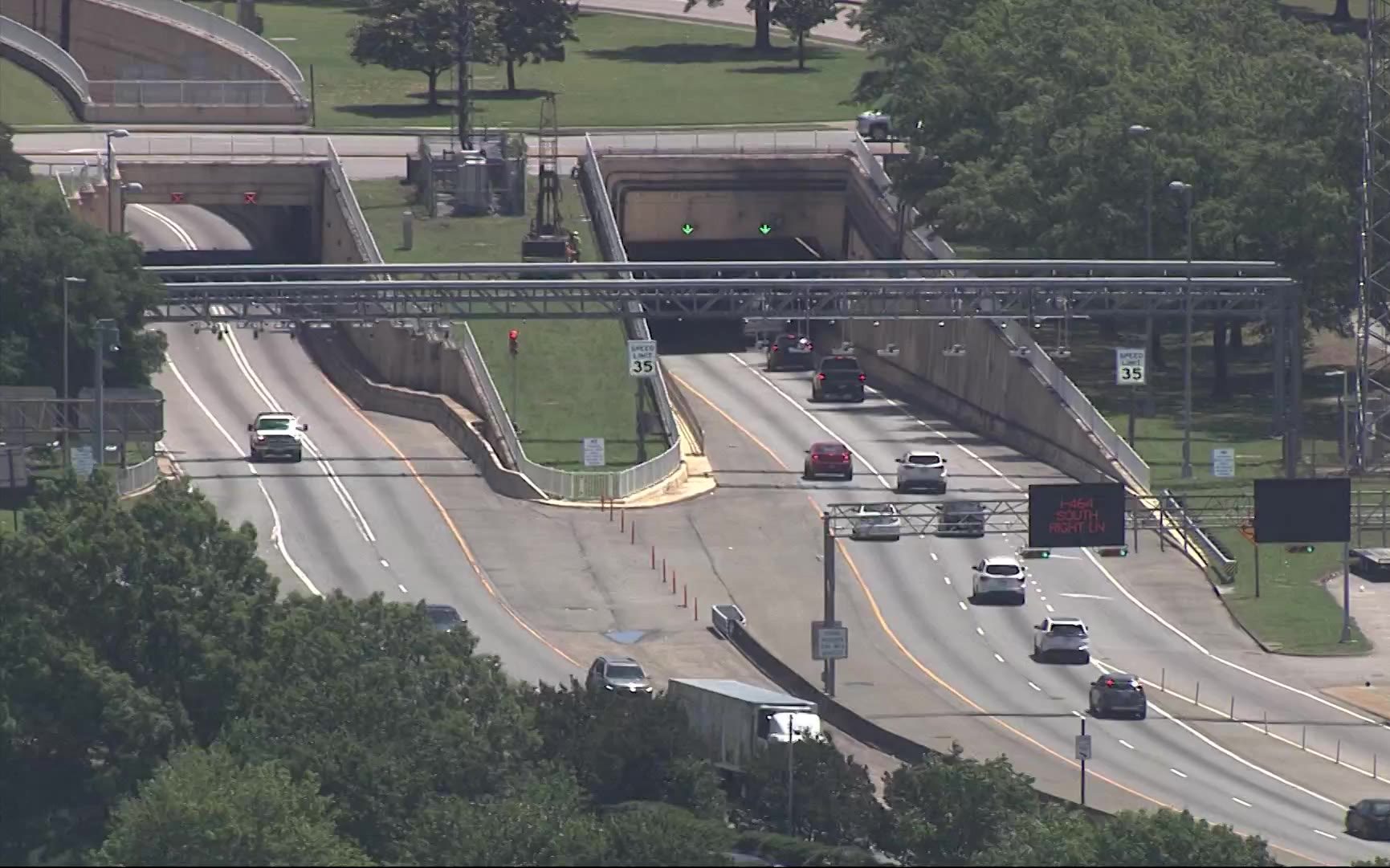SAIGON, Vietnam — As the Vietnam War continued into the 1970s, pressure to get U.S. troops out of the fray was mounting. By 1973, troops finally began withdrawing from one of the most unpopular conflicts in American history. But what remained in Vietnam was a population of the most vulnerable, innocent bystanders: babies and young children.
Refusing to comply with the guidelines of the Paris Peace Accords, the North Vietnamese Army continued its onslaught in the South as it worked its way to the nation’s capital of Saigon. As the situation became more dire, President Gerald Ford ordered the evacuation of nearly 3,000 Vietnamese orphans, known as Operation Babylift. The first flight was scheduled for April 4, 1975.
At the time, Dennis “Bud” Traynor was an Air Force captain, tasked with flying his C5-A Galaxy aircraft into Saigon with a type of cargo he was unfamiliar with.
“We’re used to working in tons not in people,” said the now-retired Air Force colonel. “Upstairs in the troop compartment in the 73 seats we would put two kids, a pillow, a juice and a seatbelt. Next seat.”
The older, more facile children were placed in the cargo department underneath the aircraft. With no seating, they lined the bottom of the aircraft with a blanket to shield them from the metal surface beneath them. There were 314 people on board, 250 of them were children. Just minutes into the flight, the aircraft experienced a rapid decompression.
“There was a loud bang, the cockpit filled with condensation, and I remember I didn’t have my feet on the rudder pedals and they went BAM,” Traynor said.
It was Traynor’s first experience with a crisis of this magnitude while flying the C5.
“I sent a scanner,” Traynor said. “He described the back of the airplane as a big gaping hole with the flight control cables hanging out the back like spaghetti.”
As Traynor wrestled with the crippled aircraft, he decided to guide it to a nearby rice paddy just miles from Tan Son Nhut airport. The C5 bounced on the ground, crushing the cargo department below it as it glided to a stop hundreds of yards from where it first made contact with the remote land.
“I cranked open the window, and normally it would be 33-feet in the air but of course, I’m just stepping out onto the ground,” Traynor said. “I got out and I look back toward the side of the flight deck and the wings were burning.”
Despite the devastation and scattered debris, Traynor began looking for any survivors. With the help of local farmers, they were able to help two crew members trapped in the wreckage. But there was plenty of horror left to be uncovered.
“I was hoping to find live kids, but I did not,” Traynor said. “Other people had gone out towards the fire and looked out, [at] what a hundred yards away was the troop compartment.”
That compartment is where the youngest passengers were stowed. As Traynor got closer to the wreckage, he could see survivors being pulled out. Of the 250 children who took off on the flight, 78 died in the crash. But his skills as a pilot saved 176 people. He received the Air Force Cross for extraordinary heroism and airmanship.
“I don’t think the crew took ownership of the deaths,” Traynor said. “They took ownership of the lives.”













